Like most things in this country, the dual Cuban currency seems impossibly complicated. How much money should I take to Cuba? Can I use US dollars? Can I use the ATMs in Cuba? What about tipping in Cuba?
I get so many questions about money in Cuba that I wanted to share everything I know about getting money, spending money, and losing money.
I’ve been based in Havana for a year so I wanted to share what I’ve learned about the Cuban currency. It’s not as complicated as other people make it appear.
Cuban Currency 101
There once was two official currencies in Cuba, the Peso Cubano (CUP), which is sometimes called Moneda Nacional (MN) and the Peso Convertible (CUC), or the Cuban convertible peso pronounced cooke or say-ooh-say.
1 CUC = 24 CUP
Two decades ago only Cubans used CUP and tourists used USD and CUC. But then everyone started using both and the government finally moved to a one currency system – the CUP.
When they did this people also started using USD in Cuba. In fact, there were “dollar stores” in Cuba that only accepted American dollars.
But in June 2021 the Cuban government announced US dollars would no longer be accepted anywhere and you couldn’t even deposit them to Cuban bank accounts.
This means tourists coming to Cuban resorts who want to tip in international money should use Canadian dollars, British pounds or Euros. Bills only, not coins.
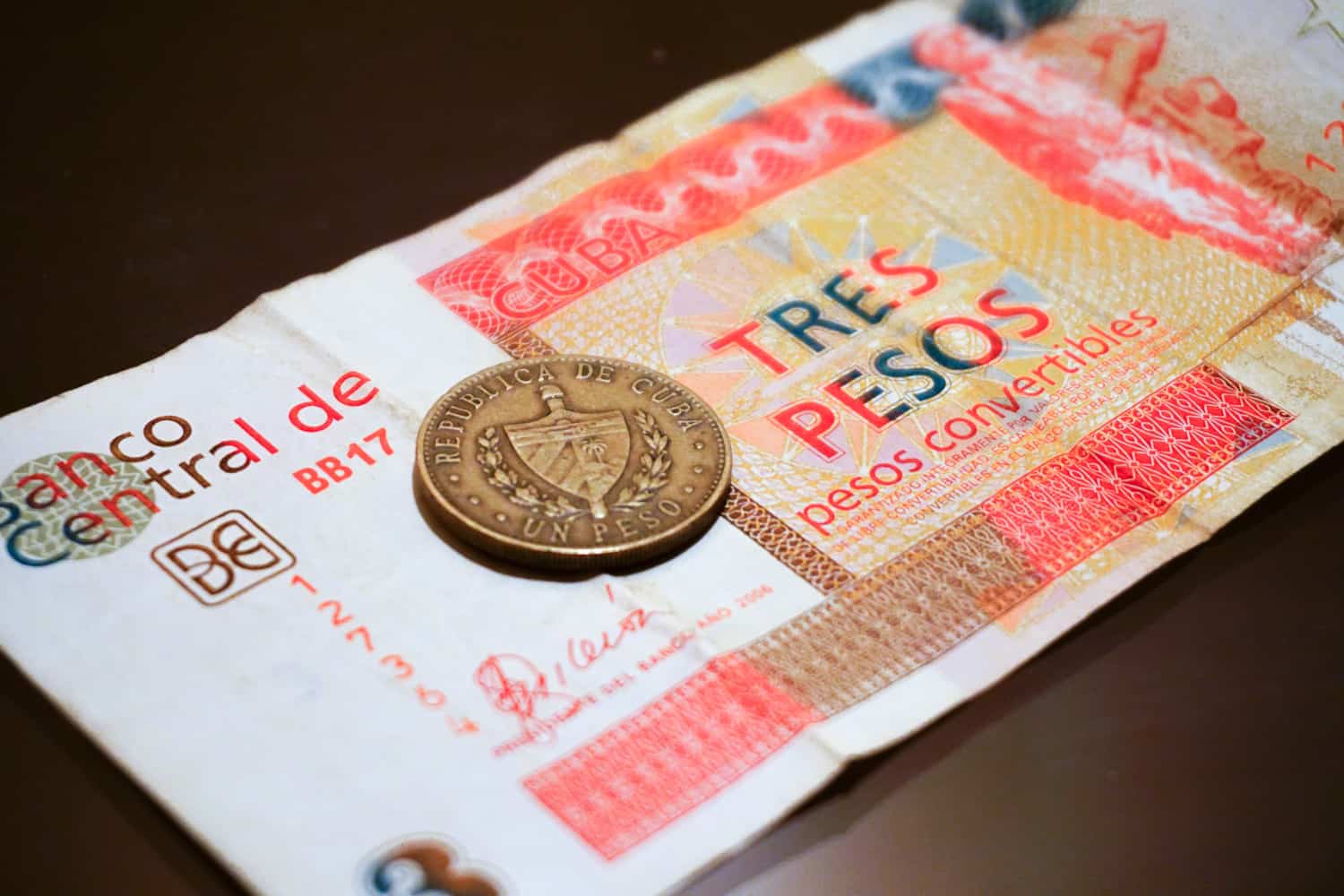
CUC vs CUP? Why Were There Two Cuban Currencies?
If you’re nosey like me. I always want to know, but WHY was the Cuban currency this way?
After the collapse of the Soviet Union, which had been Cuba’s biggest source of revenue, Cuba entered a special period.
This is a nice way to say the country was broke and the average Cuban lost 12 pounds because there were massive food shortages.
The country didn’t have money and went back to what it knew well – tourism. It invested in infrastructure and opened to foreigners.
MORE ABOUT CUBA
How to Find the Best Tour
Internet in Cuba
Best Havana Restaurants
30 Cuban Foods to Try
However, the Cuban government didn’t want to return to the time before communism when Americans ran the country. So the intent was to keep tourists separated and the outside would not contaminate Cuba.
Because of this, Cuba was accused of “tourism apartheid.” Cubans were not allowed to enter hotels or tourist areas like Varadero. In fact, Cubans were not even allowed to be seen with tourists.
Cuban Money Was Once Different From Tourist Money
Initially, the US dollar was also used in tourism. It was technically an illegal Cuban currency until 1993. But then in 1994 the CUC was introduced and Cuba pegged 1 USD = 1 CUC, no matter what was happening with the Cuban economy.
In theory, CUP was used to buy things Cubans could afford. CUC was used to take advantage of the wealthy. Things were priced in CUP or CUC, but not both.
Products quoted in CUC were more expensive and only available to tourists and rich Cubans. It was essentially a luxury tax against the rich. There were special stores where you could buy household items like a pressure cooker or toaster, not available elsewhere.
But the price was always several times more than it would cost outside Cuba. But it was also a way that the government would regain some money from tourists and affluent Cubans.
Today, everyone agrees there should only be one Cuban currency. The Cuban government long has promised to do away with the dual currency system as there is no longer a need for separate tourist currency in Cuba.
But combining two systems of money in Cuba isn’t easy. It’s similar to Germany when they combined the West German and East German Mark. It is a logistic nightmare to remove one currency, printing more of the second currency and to deal with converting debt.
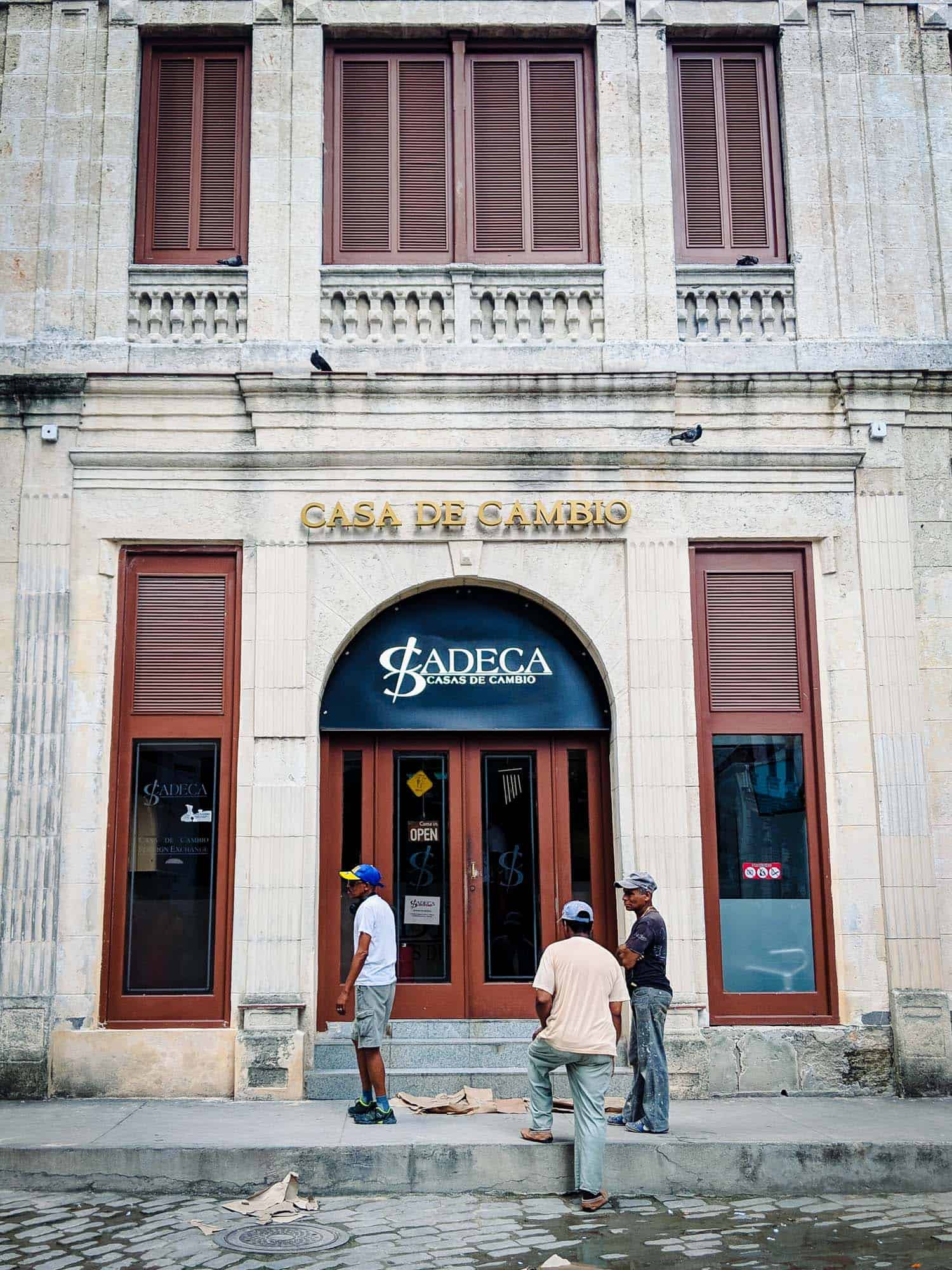
Where to Get Cuban Currency
Cuba has a closed currency. It is illegal to take Cuban currency out of the country.
You also cannot get Cuban money outside Cuba in advance of your trip.
If you’re flying into Havana or Varadero there is a CADECA or Cuban currency exchange office in the airport.
The CADECA at the airport is open until well after the last flight at night and before the first flight in the morning.
In Havana there are two CADECAs outside arrivals, but if there is a long line head up to departures as the line is usually smaller.
You can exchange these currencies at a CADECA:
- Canadian Dollar (CAD)
- Swiss Frank (CHF)
- Euro (EUR)
- Pound Sterling (GBP)
- Japanese Yen (JPY)
- Mexican Peso (MXN)
- US dollar (USD)
You can also exchange money in Cuba here:
- Banco Metropolitano or BFI Banks: You’ll need basic Spanish to tell them where you are staying. You will also need your passport.
- CADECA in town: If you don’t speak Spanish just hand them your money and your passport. They will give you a receipt and make sure you count the money.
- Hotels: The rate isn’t as good but it can be done in English and you probably won’t wait in line.
- Black Market: International dollars always get a better rate on the street. However, the risk is higher for counterfeit or Cuban currency out of circulation. Many AirBNB or casa particular hosts will offer this service, it’s much safer than a stranger approaching you on the street.
Some CADECAs and banks have long lines as Cubans also use them to exchange Cuban currency. Do not wait until the last minute to change money.
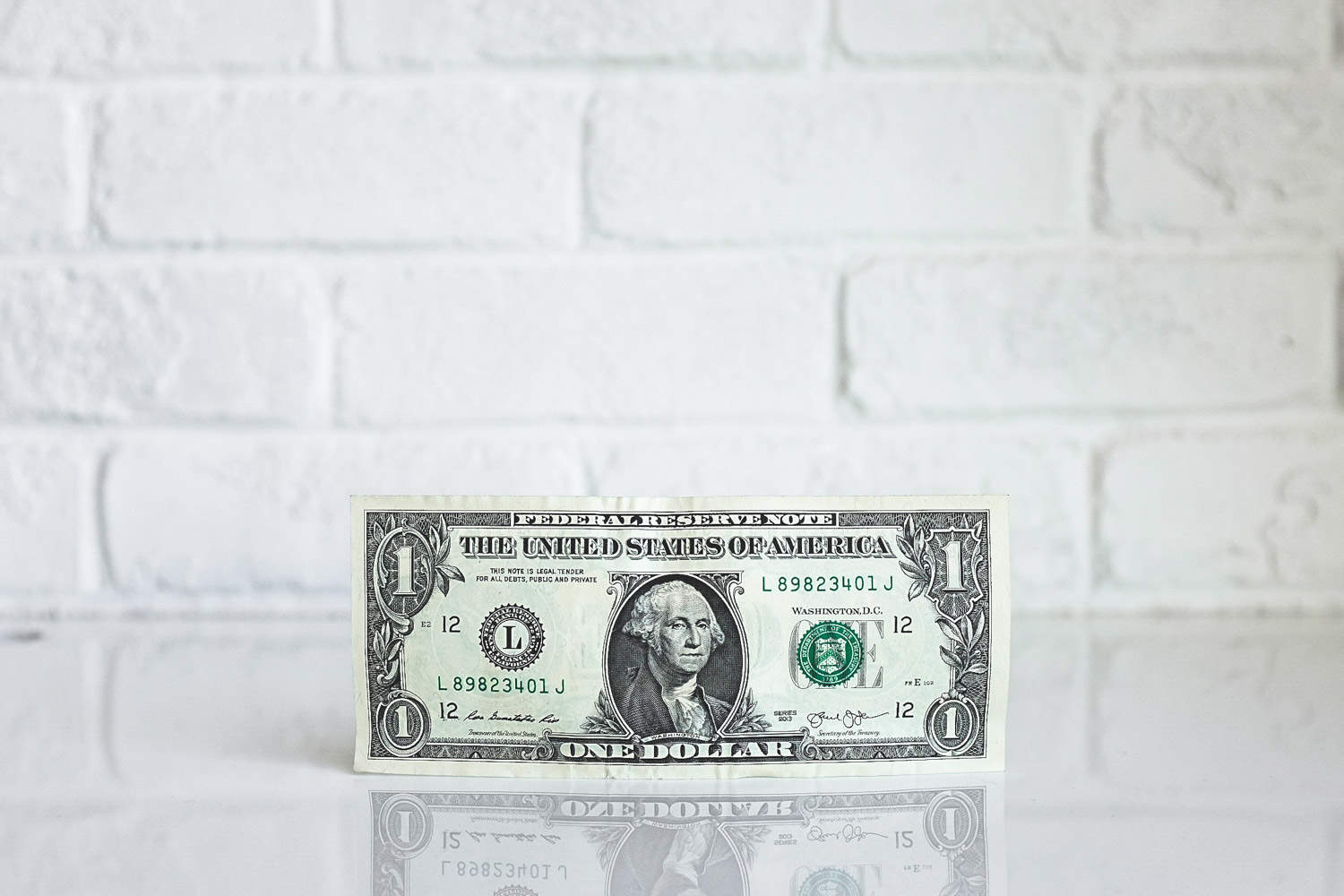
Should Americans Bring US Dollars, Euros or Canadian Dollars
All foreign exchange in Cuba has a 3% exchange fee. So you’ll lose an additional 3% on top of the official exchange rate.
The exchange rates for all foreign currencies is posted here daily.
NEW RULES ON US DOLLARS AS OF JUNE 2021
It is no longer beneficial for Cubans to use US Dollars as they cannot deposit them into a bank account or use them at stores.
The only way they can use it is when they go abroad. Some Cubans go to Panama to buy clothing and other goods to return to Cuba to sell on the black market. But this is a small group of people.
So if you are Canadian, European or from the UK tip you can tip in your own currency but USD is not useful.
Using an ATM in Cuba
My first visit to Cuba I had no idea what the country would be like. Everything I read made it seem like a country frozen in time wouldn’t have ATMs.
But Cuba isn’t frozen in time. They have banks and ATMs. My second visit I brought money but also tried using my ATM card and it worked!
When I travel to Cuba I do not bring money and exchange it. I use ATMs.
Most ATMs in Cuba only allow a 40 bill max withdrawal. So that means if the ATM is dispensing 5s you may only be able to get 200 at a time.
However, machines dispensing 20s could give you 800. The airport ATMs often use higher bills and you can avoid the crowded CADECAs.
. ‘ATMs in Havana
Getting money mid-week is best as I find many run out of CUC on Fridays and Saturdays. But overall, I have discovered some ATMs work for me and others don’t.
The ATM in the FOCSA building in Vedado works for me, as well as the one around the corner at Street M and Linea. For some reason others don’t even though they are the same bank.
In Old Havana, Obispo street (main tourist street) has 2 ATMs, I go to the one attached to a bank. Across from the free Pharmacy Museum.
However, using the ATM doesn’t mean you bypass the 3% currency exchange fee at the CADECAs. Cuba ATMs charge a 3% fee on top of what your bank charges for international withdrawals.
Also I would never visit a city outside Havana without bringing lots of Cuban money. My debit card may work in Havana but there’s always a chance in won’t work in another town.
Unfortunately American debit and Visa cards do not work in Cuba. It’s not Cuba’s fault, it’s the American embargo blocking the transaction.
Canadian Bank Cards that Work in Cuba
Other Canadians have told me that the following bank debit cards have worked in Cuba:
- RBC (Royal Bank of Canada)
- TD Bank (Only Canadian accounts. US Dollar Credit Cards issued by TD Canada Trust can no longer be used in Cuba.)
- Scotiabank Visa Debit
- CIBC debit and Visa card
- BMO Mastercard
- Desjardins prepaid Visa debit card but not regular debit cards
- PC Financial Mastercard
- Triangle Canadian Tire
Using Your Phone and Internet in Cuba
Note: Both CIBC and TD Bank have a fraud prevention system where a transaction is first declined and then you will receive a text confirming whether it was you or not.
You’ll need to have your phone roaming in order to either confirm the text or call the bank to confirm it was you.
British Bank Cards that Work In Cuba
There are no reported problems using bank cards from the UK. Others confirmed that these banks work in Cuba.
- National Westminster
- Halifax
- Barclays
- Lloyds
- HSBC
- Revolut
- Metro Bank
- Starling
- Monzo
Australian Bank Cards that Work in Cuba
For some reason not all Australian bank cards work in Cuban ATMs. It’s reported that St George/Westpac does not work; however, the following do:
- NAB (some travelers have had issues)
- ANZ
- CBA
- Qantas
- Myer
- ING Direct
- Commonwealth
Other International Banks that Work in Cuba
The following banks has been confirmed:
- Bunq (Netherlands)
- Norwegian Bank (Norway)
- DNB (Norway)
- MBank (Slovakia)
- ČSOB (Slovakia)
Using Credit Cards in Cuba
Cuba is a cash-based country. Most places do not have the capacity to take credit cards. Visa is the most common, then Mastercard. American Express does not work in Cuba.
Often hotels and resorts will accept credit cards but you will need to show identification.
Instead of carrying your passport out when you travel just take a photo of it on your phone and show it when presenting identification.

How Much Money Will You Need in Cuba
Despite all of the economic problems in Cuba, it is not a cheap country. It’s not cheap for Cubans and it’s not cheap for tourists.
While Cuba is known to have some of the cheapest all-inclusive packages in the Caribbean, it is quite expensive to travel independently.
Remember tourism was introduced in the 1990s and independent travel is developing with the possibility of casa particulares, paladares and independent tour operators.
The rule of thumb is $100 per person per day. Of course you can spend much more than this on luxury hotels and restaurants.
And on the flip side you can stay in cheap casa particulares, drink rum at the malecon and eat peso pizza.
Basic Costs in Cuba
Transportation is one of the most expensive aspects. My friend is a taxi driver who owns a modern SUV and charges $140-180 to drive from Havana to Varadero.
On the flip side the Viazul bus takes twice as long but is only $10/person.
You can eat traditional Cuban food at a local joint for under $5 or you can eat lobster tail in a restaurant in Old Havana for $20.
The most famous paladar is La Guarida in Havana, which costs roughly 40 CUC per person. This is why you rarely see Cubans eating here.
30 Cuban Foods You’ll Love
The same is true for drinking. A bottle of rum at a store costs $5 and beer are $1.25-1.50. At the stunning Hotel Packard bar beer is a whopping $6, whereas most other hotels sell it for $3-4.
Old Havana has the most tourists and is the most expensive to get the famous Cuba Libre cocktail, something I’ve never seen a Cuban actually drink.
I hate it when I’m there and I have to buy water as it can be double the price of my neighbourhood, Vedado. It also tends to have the pricest drinks unless it’s happy hour.
If you want to follow Hemingway in Cuba you’ll find overpriced mojitos and daiquiris.
Step out a bit farther to Vedado or Centro and you’ll still find nightlife. But with more Cubans and a cheaper price. Plus some of the best bars in Havana are in Vedado.
What if You Run Out of Cuban Money
The biggest fear for Americans is not budgeting enough money and running out.
Without access to Cuban ATMs, it’s a possibility that you could run out of money. There are three ways around it.
- Western Union. Americans can send money online (you’ll need a VPN, more here). Other travelers will need a loved one to do it. One hitch: it can only be sent to a Cuban. So you’ll need someone you trust to put it in their name.
- AirBNB. Hosts can charge you for additional services. The fee appears on your credit card and they can give you the cash.
- Find a foreign friend who you can either send money by electronic bank transfer, Venmo or Paypal and then ask them to take out money. You’ll need to download these apps before you arrive in Cuba.
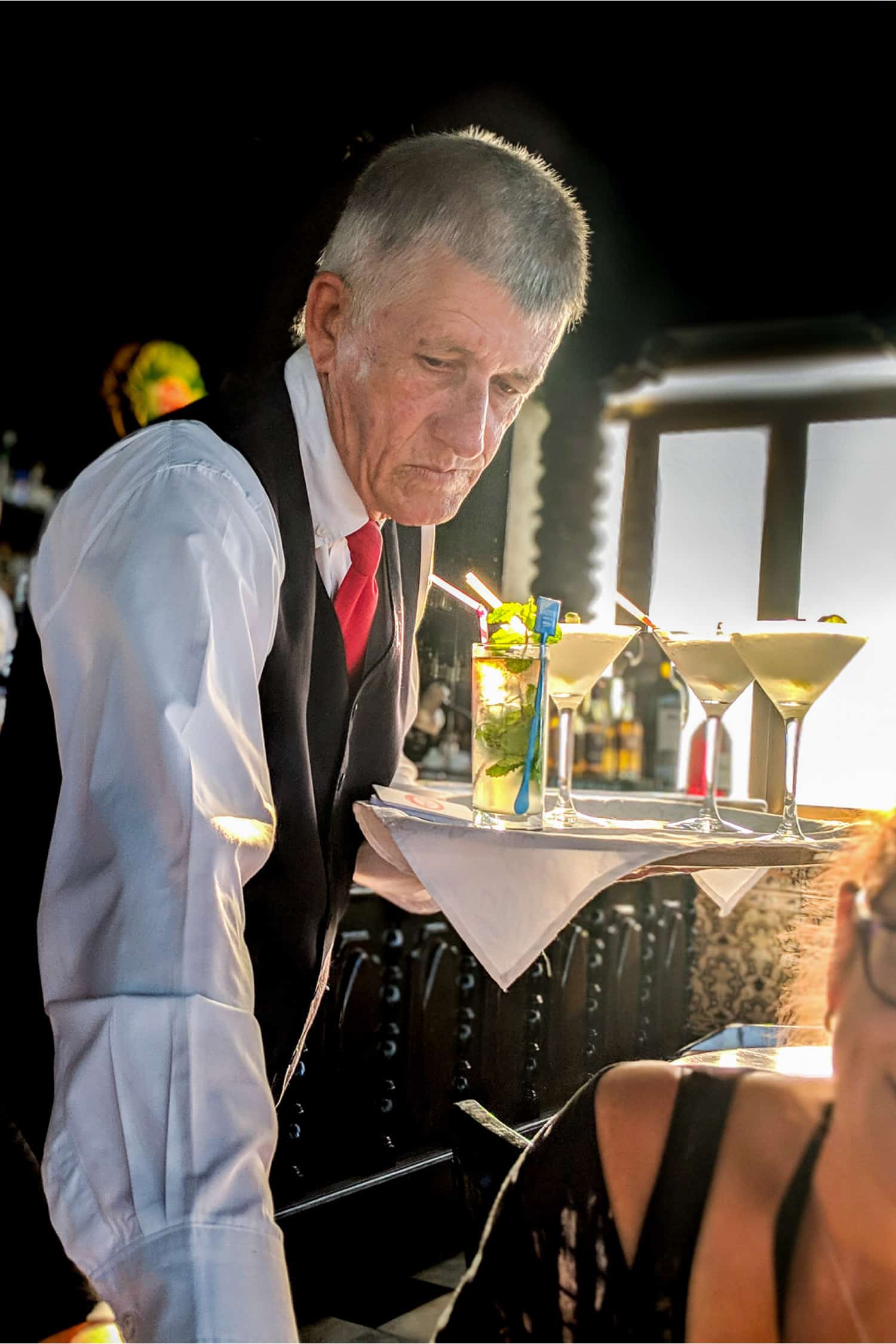
Tipping in Cuba
- Standard tipping is 10% at restaurants. In tourist restaurants feel free to tip more. In Cuban restaurants my friends usually just leave whatever change is left from their bill.
- At resorts tip your maid $1 per person per day.
- Ten cents is acceptable for washroom attendants. Some people have issues paying to go to the bathroom but it’s a voluntary tip. If you don’t want to pay don’t take the toilet paper. However, keep in mind these people aren’t employees. They usually buy the toilet paper themselves and keep the bathroom clean. Instead of looking for a handout they have found a way to earn money.
- You likely won’t be driving but Cubans pay parqueadores, or parking attendants. My friend usually pays 25 cents to $1 depending on where we are, to make sure no one steals his electric motorcycle.
- Musicians. You’ll find them in bars, restaurants, on the streets and along the malecon. They’ll take a few song requests and giving them $1.
Should You Bring Gifts for Cubans
This is a very complicated topic. Most travelers are told to bring baseballs, hats, cookware and toiletries to give to Cubans.
There are two issues with this:
- Most of the Cubans that tourists encounter (waiters, AirBNBs owners, taxi drivers) are the most well off in Cuba.
- You can buy most of these items in major cities. The best thing to do is give Cuban money instead of gifts. Tip well so people can buy what they want.
People in rural areas do not have the same access to every day items but you likely won’t encounter them.
To ensure your gifts are sold, leave them at a place of worship. Both the Beth Shalom synagogue in Vedado on Calle J and Linea will distribute to needy families as well as St. Elvira’s Church in Varadero and Ministerio Jireh Cuba in Holguin.
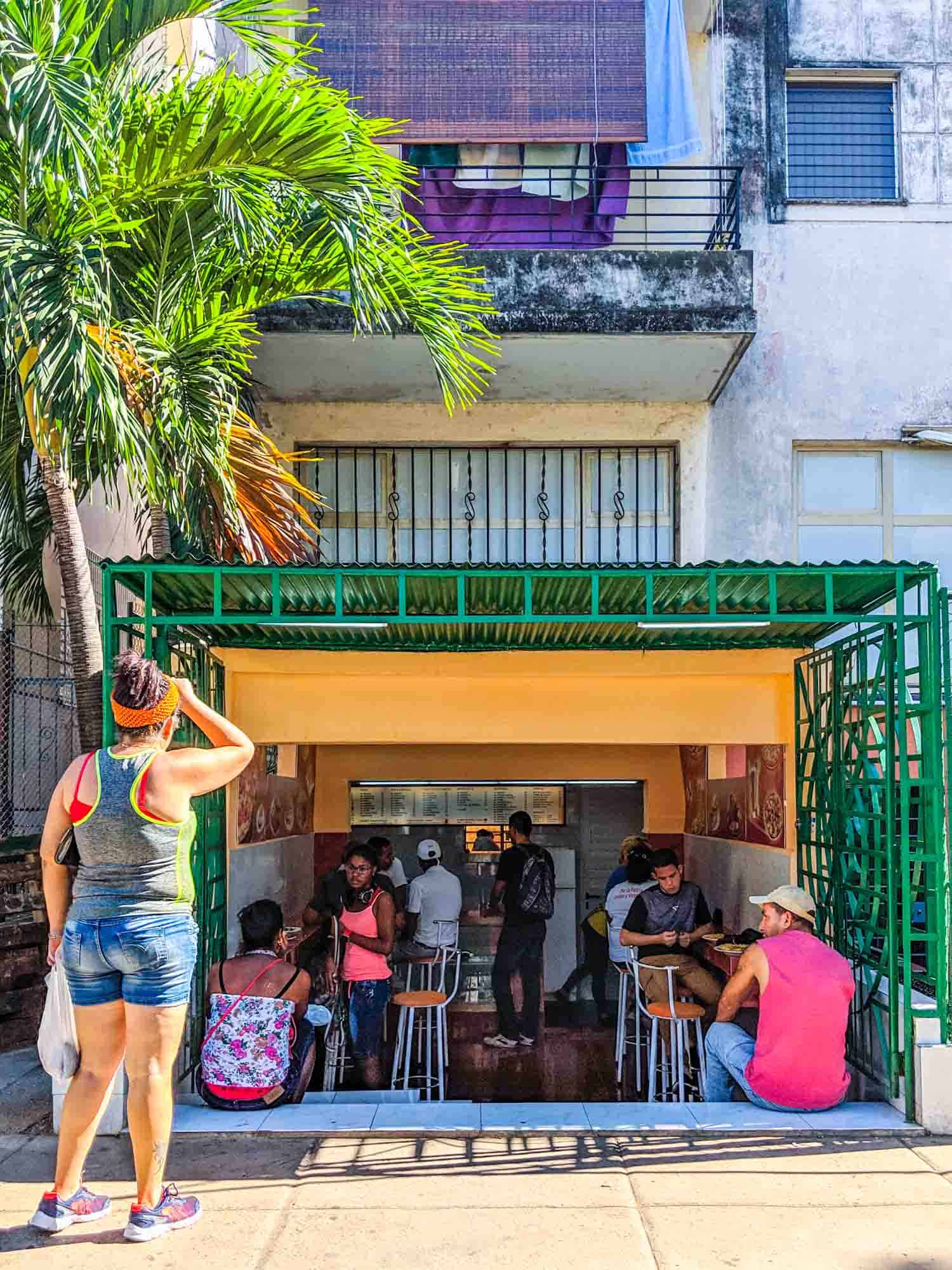
Money Scams
Always count your change. When I’m with Cuban friends they always check the restaurant bill and they always count their change. About 25% of the time there is a mistake.
Make sure to check your bills and or coins to ensure that you’re getting the right Cuban currency as change.
I had a mental block when I first arrived of not wanting to offend people by counting change in front of them. That was stupid, everyone does it.
Paying for Drinks and Food
If you’re ordering a drink at the bar get a menu or first ask how much it is. Sometimes bartenders like to take advantage of this.
It happened to me once at a really nice bar, two drinks cost me $10. When I gave my Cuban friend my drink and complained about the price he was furious I was charged so much.
He immediately went to see the bartender who did not give us money back, but did give us each a second cocktail.
Although tipping is generally 10%, some tourist restaurants include a mandatory service charge. Yet, at the famous semi State-owned restaurant Los Nardos, our server told us that they don’t get those tips.
I don’t know if that was true or not, regardless I would not recommend Los Nardos for its food alone.
Finally I have heard some restaurants have tourist menus and local menus with different prices. If you understand Spanish always ask for the Cuban menu.
I always just say I’m trying to learn more Cuban Spanish, which is true.
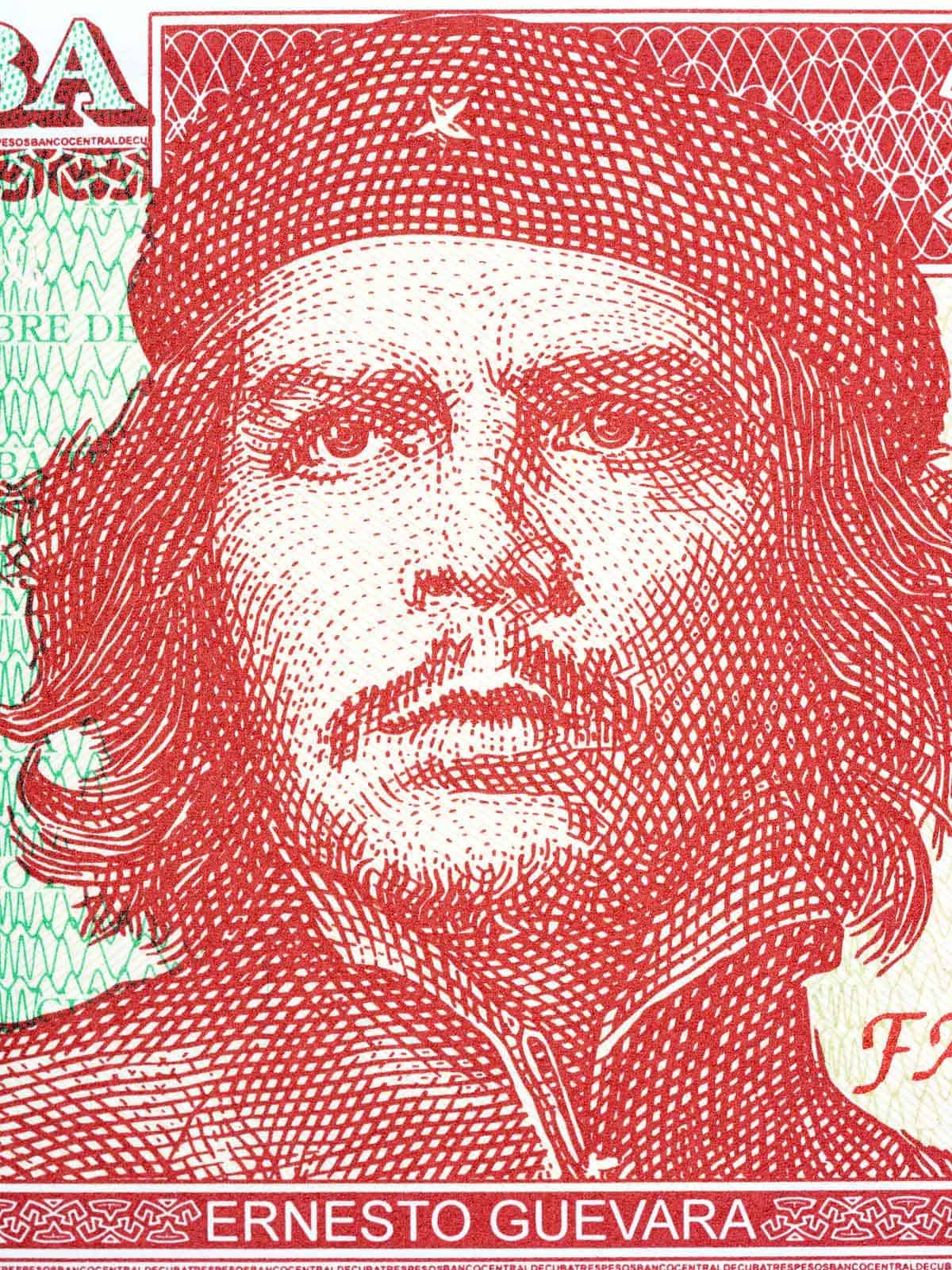
The Ché Banknote
In less than a day you’ll notice that Ernesto Ché Guevara is everywhere. He was a hero of the revolution and he was also briefly in charge of the central bank.
For this reason he is also on the three Peso Nacional banknote and the three peso coin.
Although it is technically worth 15 cents, it has a higher street value as tourists love to have them as souvenirs.
Many vendors sell them for $1-3. It’s not a bad price for a souvenir.
However, if you’re somewhere that has CUP just ask if they have one and you can get it for much less.
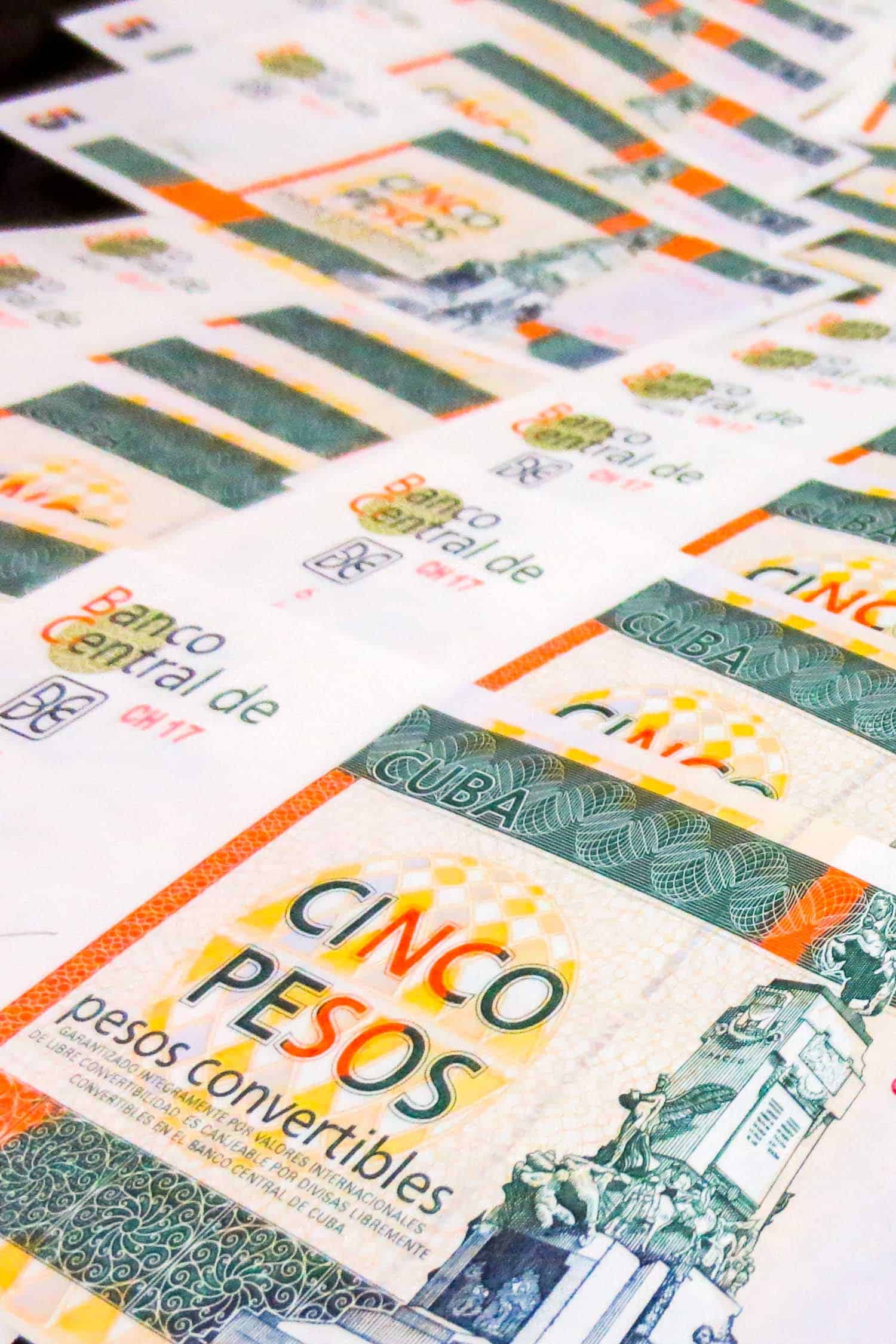
Cuban Slang Words for Money
Dinero. Moneda. Dolars. There are always a million ways to say Cuban currency. But on top of that Cuba has so many slang words for money that do not exist elsewhere.
Cuban Slang Essentials
You may also hear these Cuban slang words for Cuban currency:
- devisa one of the most common terms for CUC, the only currency
- fula but sometimes it means someone is crazy or “esta fula” so it depends on context
- plata, which means silver
- baro refers to CUP specifically
- caña refers to one CUP peso, so 10 pesos would be 10 cañas
- chavito refers to CUC specifically
- melon
- menudo refers to small change
- moni
Pin It For Later: Cuban Money
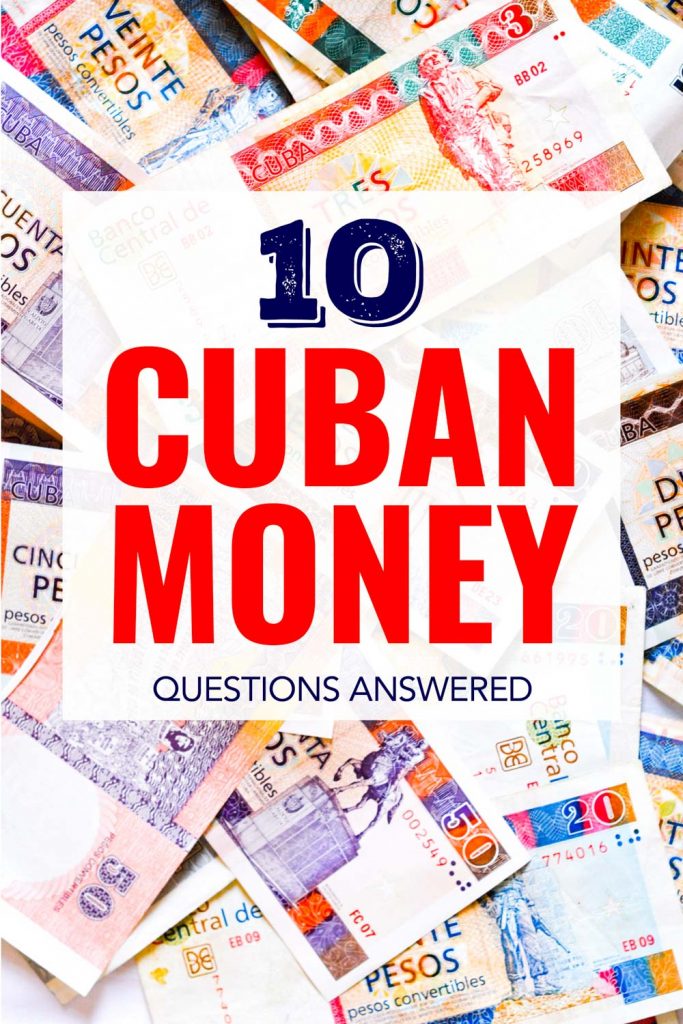
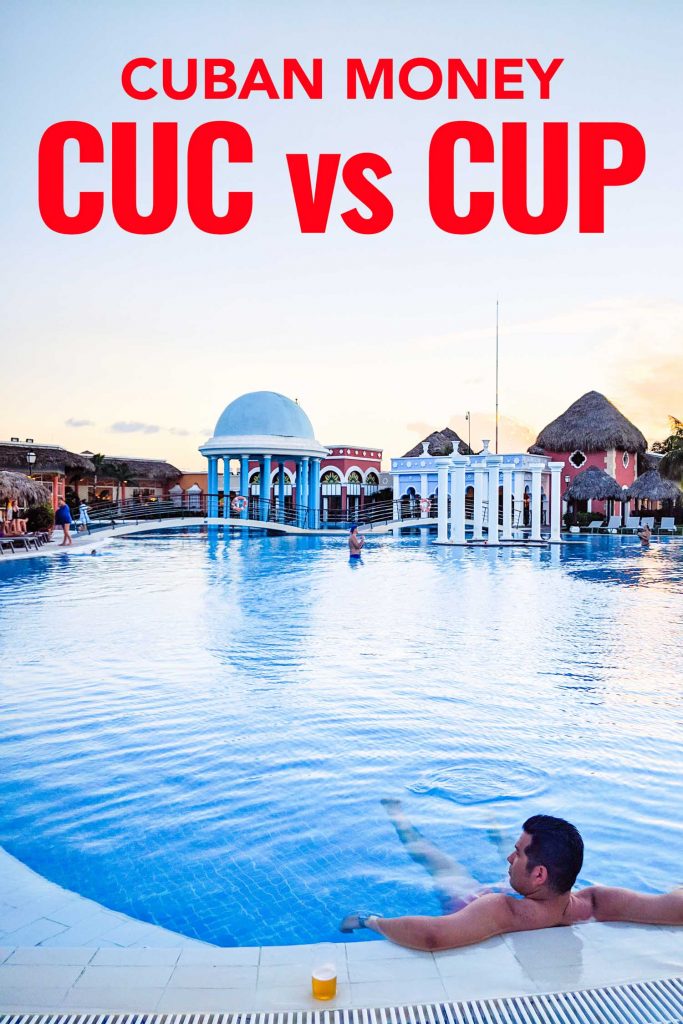
Still confused about Cuban currency? Or exchanging money in Cuba?
If you have any Cuba money questions let me know in the comments below and I promise to answer!
Want More Cuba Travel Tips?
Best Havana Beaches
Havana Day Trip – Las Terrazas Cuba
A Beginners Guide to Cuban Coffee
The El Capitolio Restoration
How to Spend Christmas in Cuba
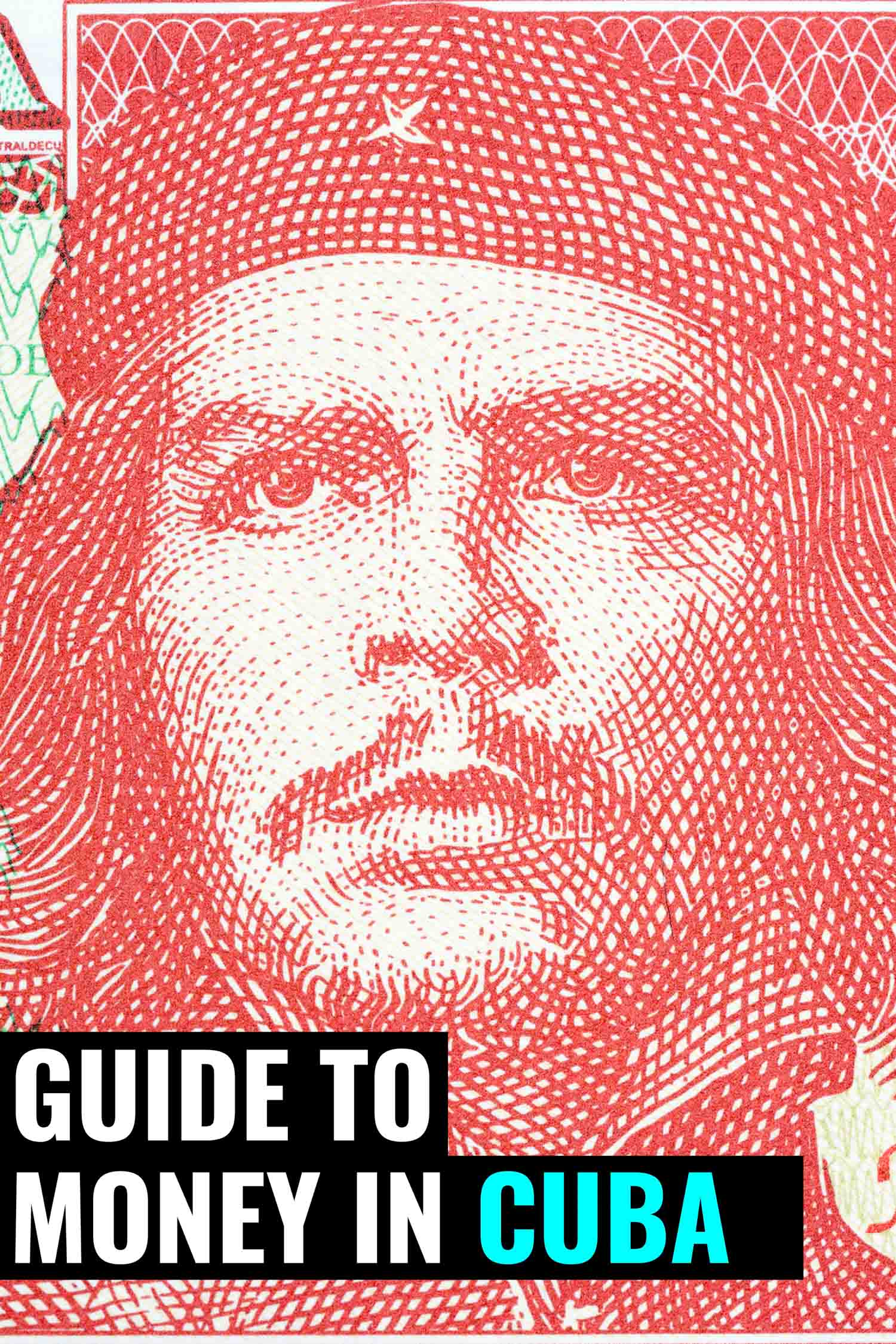
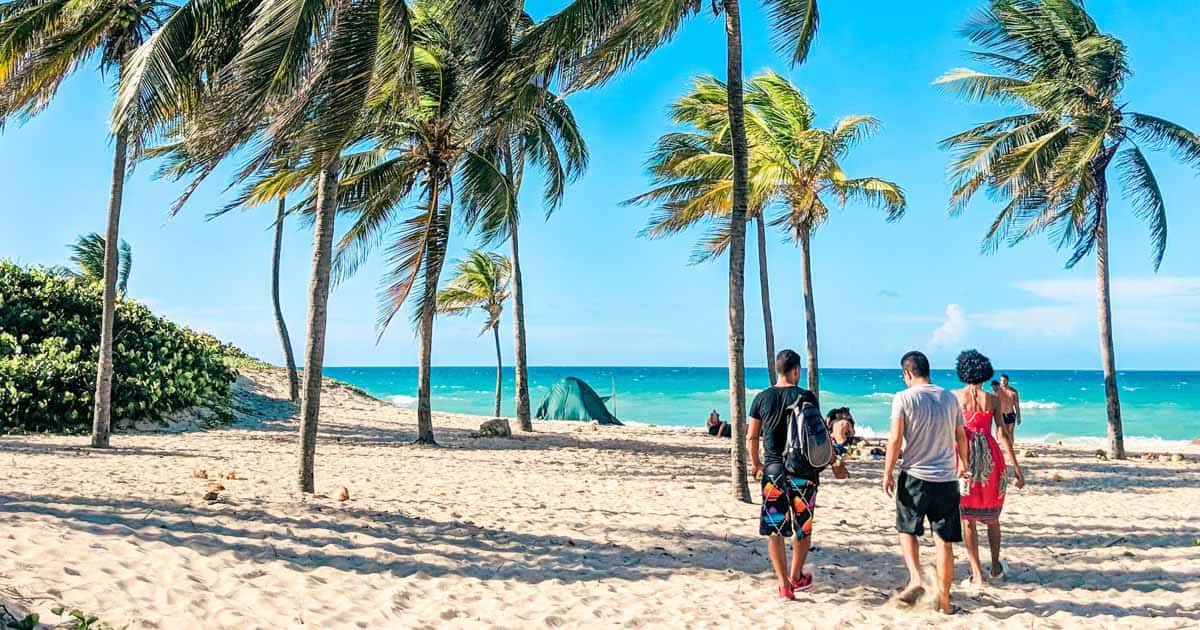
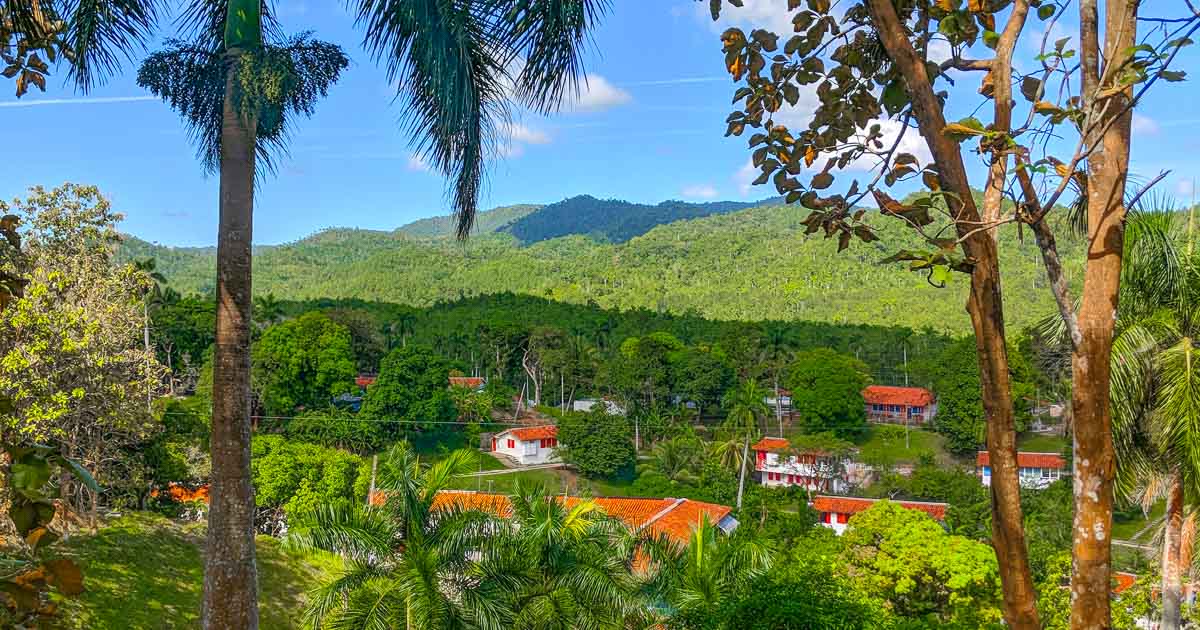
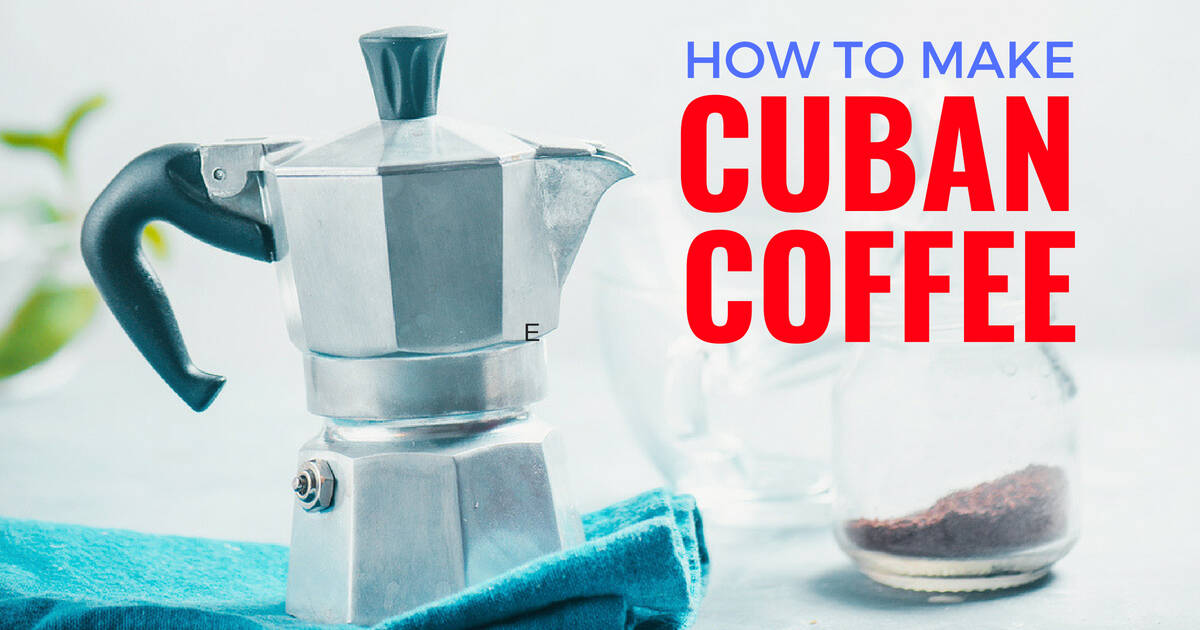
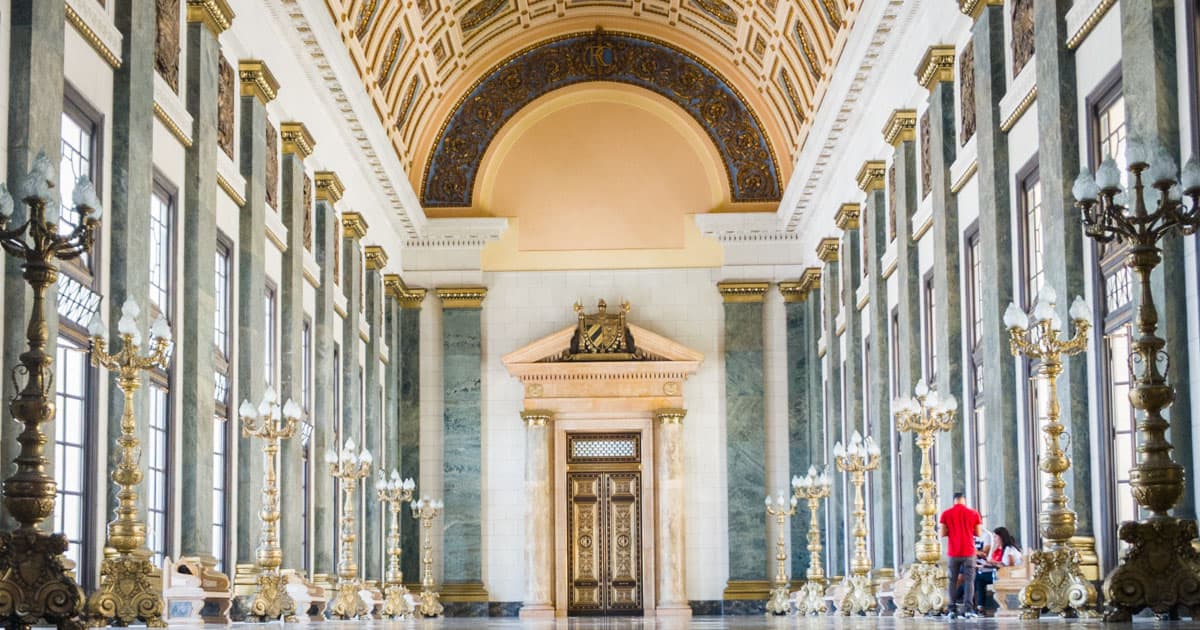
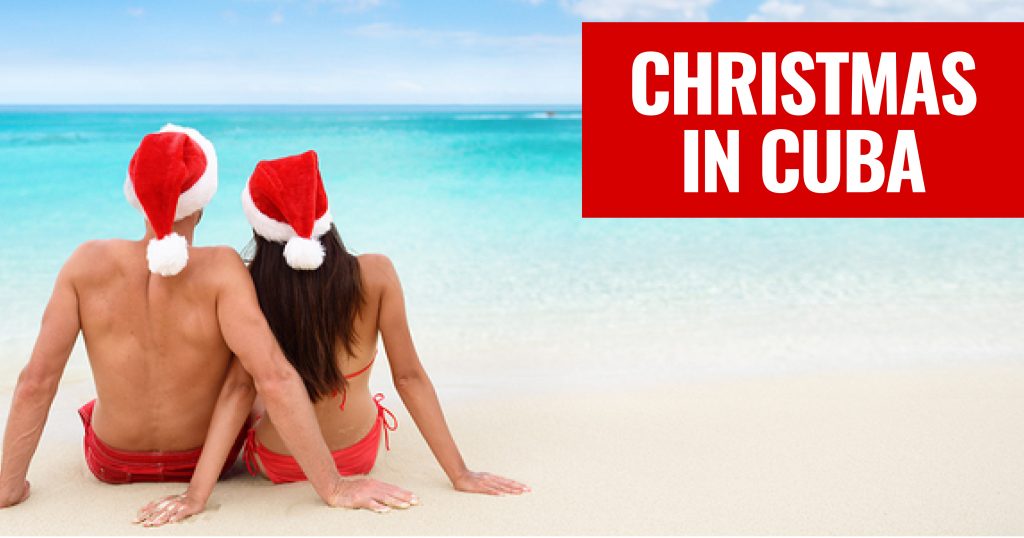
Wow thank you for this detailed article! I’m planning on going to Cuba this year and will make sure to bookmark this!
Thank you for the article! Is there an app you’d recommend for the Cuban money conversion?
Well I list a bank website in the post above but I tend to use xe.com or just google the exchange rate for the Cuban peso.
So I am wondering how to change my money with locals for the 90-95 CUC per 100 USD. how can you tell if the money is counterfeit? Also, do Cubans not have to pay the 10% tax on USD? How can they afford to give a better exchange rate if they cannot use the USD?
There is definitely counterfeit money in Cuba and you probably wouldn’t be able to tell the difference. The safest person to exchange money is with is your AirBNB/Casa Particular host because they would not want a bad review.
Cubans also have to pay the tax, but there is a black market where Cubans go to Panama to buy clothing and goods – and Panama uses the USD. So they can afford to give you a better rate because they aren’t going to change it back to CUC – they will use it in Panama.
At one point people would say never bring usd to Cuba (I’m canadian), but now people are saying they are trying to phase out the cuc and use more usd to buy large appliances, etc. Have you heard if it’s better to bring usd now? Just wondering if I should have some one dollar bills to use for tips and things, I’ve heard lots of resorts in varadero have no small cuc anymore. Thanks for any info:)
Indeed there have been a lot of rumours lately. Let me break it down for you as it depends on how you travel. On resort or off resort.
ON RESORT
It’s not a bad idea. The exchange rate from 1 CAD to 1 USD is about the same as 1 CAD to 1 CUC. So you’re either exchanging at home in Canada or while you’re there in Cuba.
I have not heard of a shortage of small CUC in Varadero resorts. I follow a few Varadero resorts groups on Facebook and no one has reported an issue. It is certainly not a shortage off the resorts. The resorts know tourists need small CUC for tips for their workers. Resort workers make the most money in Cuba so if they didn’t have access to tips you can bet they would be complaining.
It really depends on whether or not you want to pay to exchange from CAD to USD. It doesn’t hurt to have USD when you travel anywhere. I always keep $100 on me with my passport just in case. But to get $1 bills you’d need to call your bank and ask for them in advance if you’re not in a major city.
You can tip in Canadian dollars, although it would need to be $5+, no loonies or toonies. Cubans go to the bank or Cadeca (currency house) and exchange foreign currency. They will not turn down a tip in any currency because it can be easily exchanged.
I don’t know if you plan to go into town, it’s perfectly safe as the town was created for tourism and is just full of things for people to do once they grow tired of the beach. But you can use your bank card there (if it’s one that I listed) AND they would also be able to give you change at restaurants/bars/shops.
OFF RESORT
The official bank exchange for USD is ALWAYS 1 CUC is .87 cents. However, the “street” value has always been higher because Cubans have always used USD. And so some travelers who stay at Airbnbs bring USD and the owners would give them up to .95 cents. It’s good because Cubans get a good deal on USD and Americans don’t have to pay to convert their USDs to Canadian or Euro and then again to CUC.
So many Cubans go to Panama (which uses USD) to buy clothing and electronics to sell on the black market here. USD has always existed but it’s not something tourists were aware of but part of life here.
Late 2019 there were rumours that the CUC was leaving. And the appliance stores opened where you could use USD but you had to have a bank account to pay for things – many Cubans don’t keep a bank account for various reasons from not having enough money to put in the bank to not wanting the government to know how much money they have.
This fuelled more speculation that the CUC was finally leaving, a promise that was made long ago to end the dual currencies as they weren’t necessary. People who had money stored away at home in CUC wanted to exchange to USD which created a shortage of supply. And so in November you could get 1.20 CUC for 1 USD. That lasted a couple weeks. And now it’s usually 1-1 with casa owners.
If you’re on Cuba Facebook groups or chatrooms you’ll probably hear a lot of talk about the best currency to bring and that is likely from Americans who are not staying on resorts because they don’t want to exchange if they don’t have to. They also can’t get more money out if they need it which creates even more stress.
Hope this helps!
Less. Less milk, less stoves, less recycling, less choices and less freedom…. thanks for reminding me, how fortunate I am to live here in America, in a capitalist economy, and in a free society. Because economics, & the ability to make a good living along with the freedom to have choices, options and as great a life as I can make it, has never, ever come through Communism or Socialism. Now, in America, it is an especially great time, as we throw off the chains of over-regulation, which has inhibited individual businesses & job growth, and is caused by too much government interference. Because the more a government interferes in your life, the more it limits your freedom and choices, and the worse your life gets.
There are pros and cons to every country. Being in Cuba I do see some advantages particularly with education. And of course as a Canadian I recognize the value of free healthcare. Many tourists don’t see how the independent economy really works because they spend little time there. There is much to improve but also much I really respect.
I love that Canada is a socialist country but we are far from perfect. No country is.
Hello I am traveling to Cuba and our lay over is in Panama. Is it possible to exchange USD to Panamian money and then the Panamian money to CUC or CUP? Does cuba exchange panamian money? Thank you!
Panama actually uses the US Dollar as their currency, as do some other countries like Ecuador, El Salvador and many others.
If you are staying at an Airbnb you can ask your owner if they would exchange USD for CUC. Many Cubans want USD as they travel to Panama to buy goods for the black market. You can probably get a 1-1 exchange.
If not the Cadeca (money exchange house) and banks offer .87 cents for one American dollar. This conversion rate never changes.
Hi Ayngelina
Thanks for your great article! It’s by far the most useful that I’ve read so far!
I’m traveling to Cuba in a couple of weeks and I’m still figuring out how am I going to tip.
It’s ok to tip with CUPs? I was planning to tip with GBP or EUR, but they don’t accept coins and the lowest notes for those currencies are £5 and 5€, I can’t tip everyone with that amount 🙁
Also I heard that it’s still fine to tip with USD, so I was planning to tip with 1$ or CUPs, do you know if that’s ok for them?
Many many many thanks!
Yes it’s fine to tip in USD. However if you’re going off the resort and want to pay for things you should pay in CUP. And always ask what currency your menu is in. There have been several reports of people who wanted to pay in Euro or USD and the exchange rate wasn’t the official one and it became very pricey.